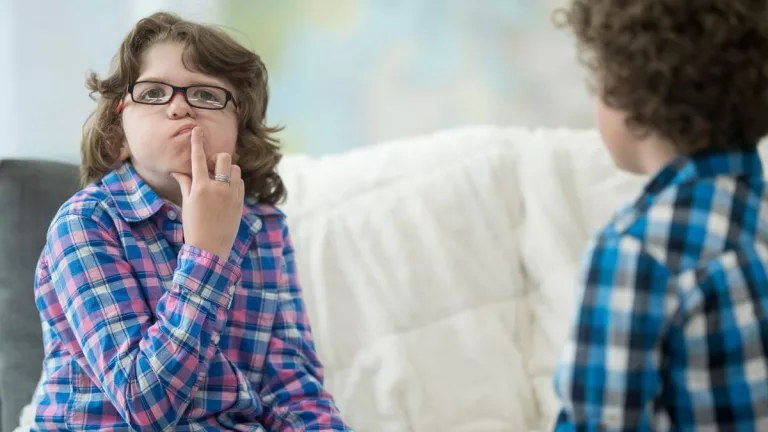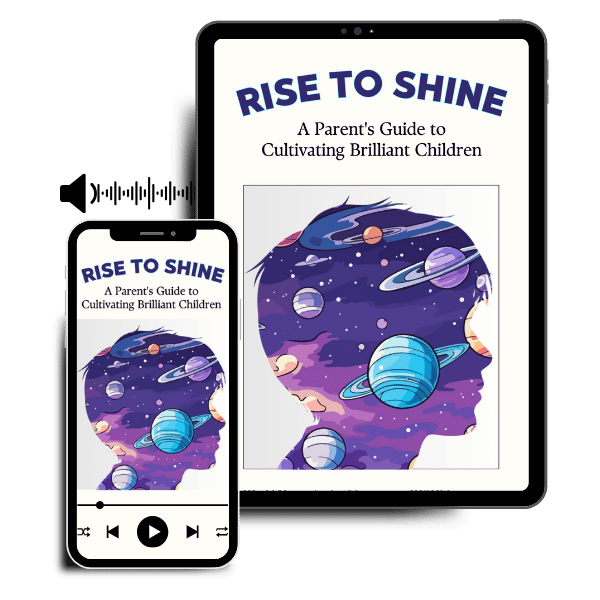The Language Dance: Understanding Code-Switching in Bilingual Children


Hey there, curious minds! Ever heard of code-switching? It’s like a language dance that bilingual folks do effortlessly.
Code-switching is when bilingual people seamlessly switch between two or more languages during a conversation. They do it to express themselves better, convey specific nuances, or because certain words feel more natural in a particular language.
We’re about to dive into this fascinating world and see how kids are natural pros at it. Get ready to uncover the magic of code-switching and its cool implications.
Imagine this: a conversation that effortlessly shifts between two languages, creating a symphony of words. That’s code-switching for you! It’s when bilingual people seamlessly hop from one language to another. Think of it as a linguistic kaleidoscope, where each language adds a unique color to the conversation.
Now, let’s talk about the little language magicians – children. They have an uncanny knack for code-switching. Just observe them effortlessly weaving words from different languages into their chats. It’s like watching a painter mix vibrant hues on a canvas.
You might be wondering why kids naturally take up this language juggling act. Well, it’s not just about showing off their linguistic skills. Code-switching actually offers them a way to express themselves fully. Sometimes, a word in one language captures a feeling better than any translation could.
Guess what? Code-switching isn’t just a cool trick; it’s also a brain workout. Studies reveal that it enhances cognitive abilities and linguistic flexibility. When kids switch effortlessly, they’re flexing their mental muscles, boosting their problem-solving skills.
Explore Cognitive Benefits of Bilingualism, Including Intelligence. Dive into Our Related Article Now!
Picture this: a child telling a story with words from different languages, seamlessly stitching together a multicultural tapestry. Code-switching isn’t just about language; it’s about embracing cultures. Kids can connect deeply with their heritage while embracing the world around them.
Please check out the related article If you are interested in learning the pros & cons of bilingualism
Have you ever asked, “Where do I fit in?” Kids growing up with multiple languages often blend identities beautifully through code-switching. It’s not just about the words; it’s about finding a sense of belonging in both cultures.
If you’re curious about how this sense of belonging connects with empathy, explore our blog post on the link between bilingualism and empathy in children.
So, how can you support this graceful language dance? Encourage it! Celebrate your child’s ability to switch languages. Create an environment where both languages feel like home. By embracing code-switching, you’re nurturing their linguistic talents and cultural pride.
Dear readers, you’ve now ventured into the enchanting world of code-switching. Children’s effortless transition between languages isn’t just a linguistic marvel; it’s a celebration of diversity, identity, and cognitive growth. Embrace the dance, celebrate the blend, and watch your little ones shine as language maestros.
Now that you’re familiar with code-switching, dive into our related article for effective strategies in raising bilingual children.
Here’s to raising a generation that dances through languages and bridges cultures with every spoken word!
Children often naturally code-switch, especially if they are exposed to multiple languages from a young age. It’s not necessarily a learned skill; it’s more like their instinctive way of adapting to different linguistic contexts.
Absolutely! Code-switching can enhance cognitive flexibility and problem-solving skills in children. Their brains get a workout as they effortlessly switch between languages, making them more adept at processing and understanding different linguistic structures.
Research suggests that code-switching does not negatively impact language development. In fact, it can showcase a child’s strong command of both languages and their ability to navigate complex linguistic systems.

Get Your Resources to Your Email Now!